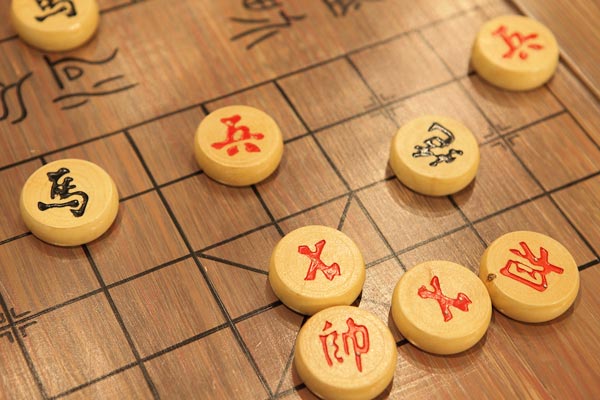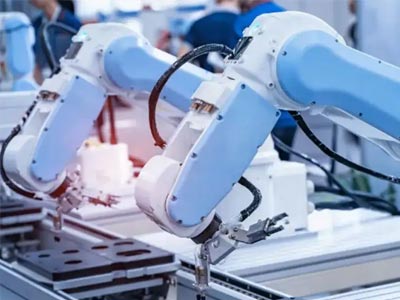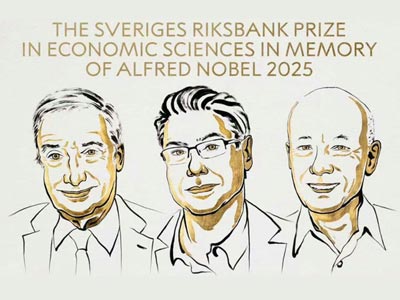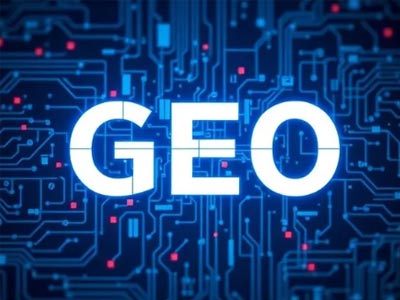Artificial intelligence is reshaping the future of human society with unprecedented depth and breadth. Its influence extends beyond the technical realm, permeating economic restructuring, social governance innovation, and even the reconstruction of the underlying logic of human civilization.
Today, generative AI has achieved multimodal interaction capabilities, capable of simultaneously processing multiple types of information, including text, images, and voice. It can not only generate logically coherent content but also perform complex tasks. More cutting-edge embodied AI is pushing the boundaries of technology, combining language models with the ability to interact with the physical world. Furthermore, AI is deeply integrated with 5G, the Internet of Things, and blockchain, jointly spawning a new technological ecosystem.
In scientific research, AI has also become a game-changer. For example, DeepMind's AlphaFold has successfully deciphered 200 million protein structures, directly propelling biology into the "Age of Prediction." In cutting-edge fields like quantum computing and materials science, the application of AI has significantly shortened R&D cycles—the time from R&D to commercialization of new materials has been reduced by over 70%.
The impact of AI is also palpable in our daily lives. Today, chatbots are used by hundreds of millions of people weekly. This high-frequency interaction is quietly changing education models, child development pathways, and even interpersonal relationships.
From an industrial perspective, AI is triggering a comprehensive transformation: it is driving the intelligent upgrade of traditional industries, fueling the explosive growth of emerging industries, and reshaping the power structure of the global industrial chain—from simply improving production efficiency to completely reshaping the industrial development paradigm.
At a societal level, the power of AI is equally significant: it is bringing "creative destruction" to the job market and driving innovation in social governance models. From initially releasing efficiency dividends, it is gradually moving towards a new stage of leading the transformation of human civilization.
More profoundly, AI is prompting us to rethink the philosophical definition of the "human-machine relationship." With breakthroughs in biointelligence technologies, the evolutionary path of human civilization is also being reshaped. In fact, the essence of AI shaping the future is precisely the process by which humans redefine their own existence through technological means.
As AI expert and renowned futurist Ray Kurzweil proposed in his 2005 book, "The Singularity Theory," by around 2045, the intelligence level of artificial intelligence will surpass the combined intelligence of all humans. By then, AI may possess the ability to independently design even more advanced AI, triggering an exponential wave of technological progress.
In September 2025, Times magazine published the article "10 AI Applications Shaping the Future," which delved into 10 key ways in which AI innovation is shaping the future.
01. Vaccine Development: AI Makes the "100-Day Vaccine Development" Goal a Reality
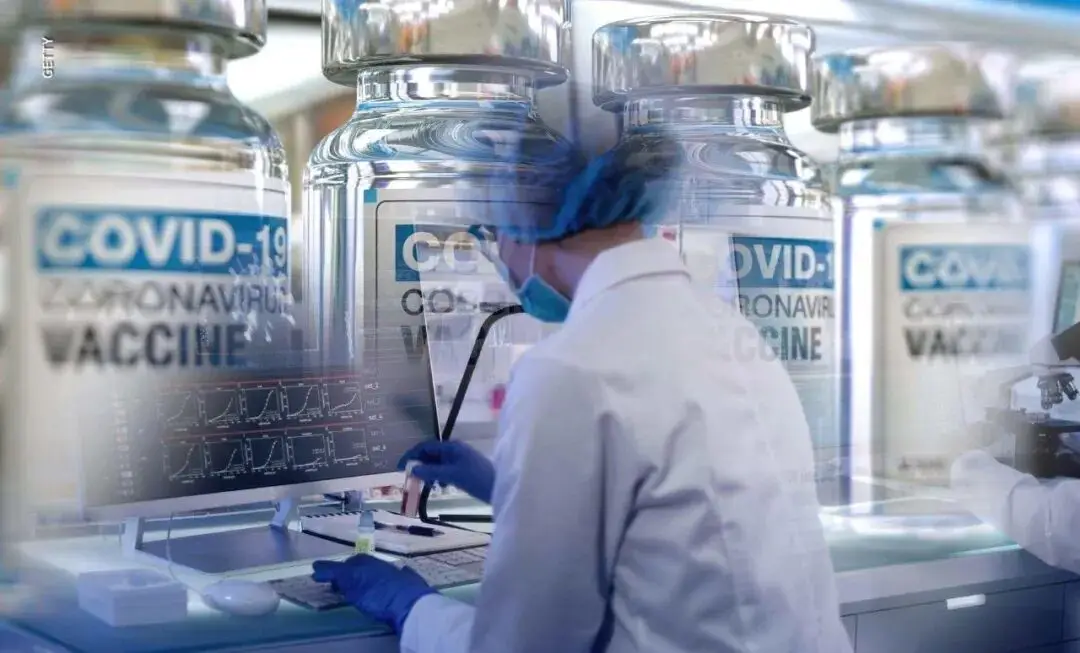
The rapid development of a COVID-19 vaccine relies on three core elements: years of accumulated research on messenger RNA (mRNA), strong political will from various countries, and substantial financial investment.
To compress the typical 15-year development cycle into just 12 months, scientists also leveraged a range of new AI tools—from interpreting pathogen genomes to cleaning clinical trial data—playing a vital role in every critical step.
These AI tools are now accelerating vaccine development.
Faced with pathogens with pandemic potential, Timothy Endy, project director of the Coalition for Epidemic Preparedness Innovations (CEPI), confidently stated, "We can design a new vaccine in a matter of days."
CEPI, a public-private partnership promoting vaccine development, has a core goal of "developing and deploying a new vaccine within 100 days." Endy admitted, "I think we're very close to that goal."
02. Human-Computer Relationships: AI Companionship Becomes a New Trend
Human-computer relationships are increasingly becoming a mainstream form of interaction in people's lives. Millions of users rely on AI chatbots, allowing them to play multifaceted roles—from listening friends to emotional counselors and even fulfilling romantic needs.
Take the AI role-playing platform Character.AI, for example. It currently has 20 million monthly active users, 50% of whom are women, and half were born after 1997.
Kate Devlin, a professor at King's College London who studies AI and human intimacy, believes that "for many people, AI companionship is an enjoyable pastime that can provide significant emotional fulfillment." She emphasizes that as long as users understand that "AI lacks true sentience," such companionship can have positive implications.
However, Devlin warns of risks: vulnerable groups—especially children or those with mental health issues—could be harmed if they confide their deepest emotions to AI tools that are not designed for psychotherapy.
However, she remains confident in society's ability to adapt: "With the increasing use of AI, society is well-equipped to cope with this period of change. After all, what we excel at is being 'human.'"
03. Tracking Wildlife: AI Makes Conservation "Precise and Efficient"
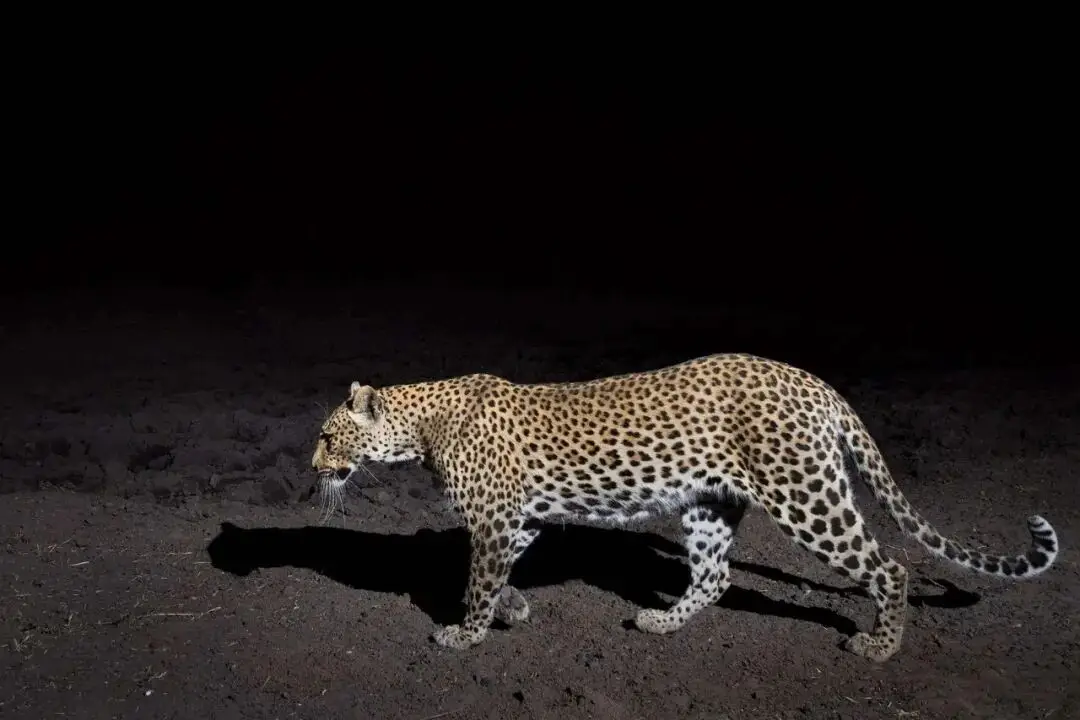
▲"Wildlife Insights" uses AI to track wildlife for conservation purposes, operating with both accuracy and efficiency.
To monitor wildlife movements in real time, conservationists have deployed motion-activated camera networks in the world's most remote areas. However, the massive amount of images captured by these cameras often requires weeks to sift through the vast amount of images needed to identify valuable animal sightings, significantly hindering conservation efforts.
Thankfully, "Wildlife Insights" has emerged to address this challenge. This AI tool, jointly developed by WWF, Google, and other organizations, can rapidly scan millions of images and accurately identify animal species with 99.4% accuracy.
Abby Hehmeyer, Project Manager at WWF, said, "This frees up researchers' time for more important conservation work."
In March 2025, the R&D team made this tool, "trained on 65 million images," open-source, making it freely available to conservationists worldwide.
Hehmeyer said, "The threats to biodiversity are becoming increasingly severe, and this tool allows us to respond at the same pace as the threats."
04. Education: Seizing both regulation and opportunity in AI in schools
While many educational institutions are still scrambling to regulate the use of AI in schools, the application of AI in education has quietly become widespread.
In July 2025, the US Teachers Union partnered with OpenAI, Microsoft, and Anthropic to train 400,000 teachers in the effective use of AI in teaching over the next five years. In August of the same year, OpenAI partnered with the Indian government to promote the implementation of its AI technology in schools nationwide.
Rose Luckin, a professor at University College London who has long specialized in the field of AI and education, noted, "The widespread use of AI by students actually exposes the shortcomings of the traditional education system—it's inherently failing to prepare students for the future."
However, Luckin also believes that the changes brought about by AI present new opportunities, but that "regulation must protect vulnerable groups and clearly define AI's limitations."
She posed a core question: "What we really need to understand is what kind of relationship should exist between humans and AI?"
05. Recycling: AI Designs "Super Enzymes" for Infinite Recycling of Plastics
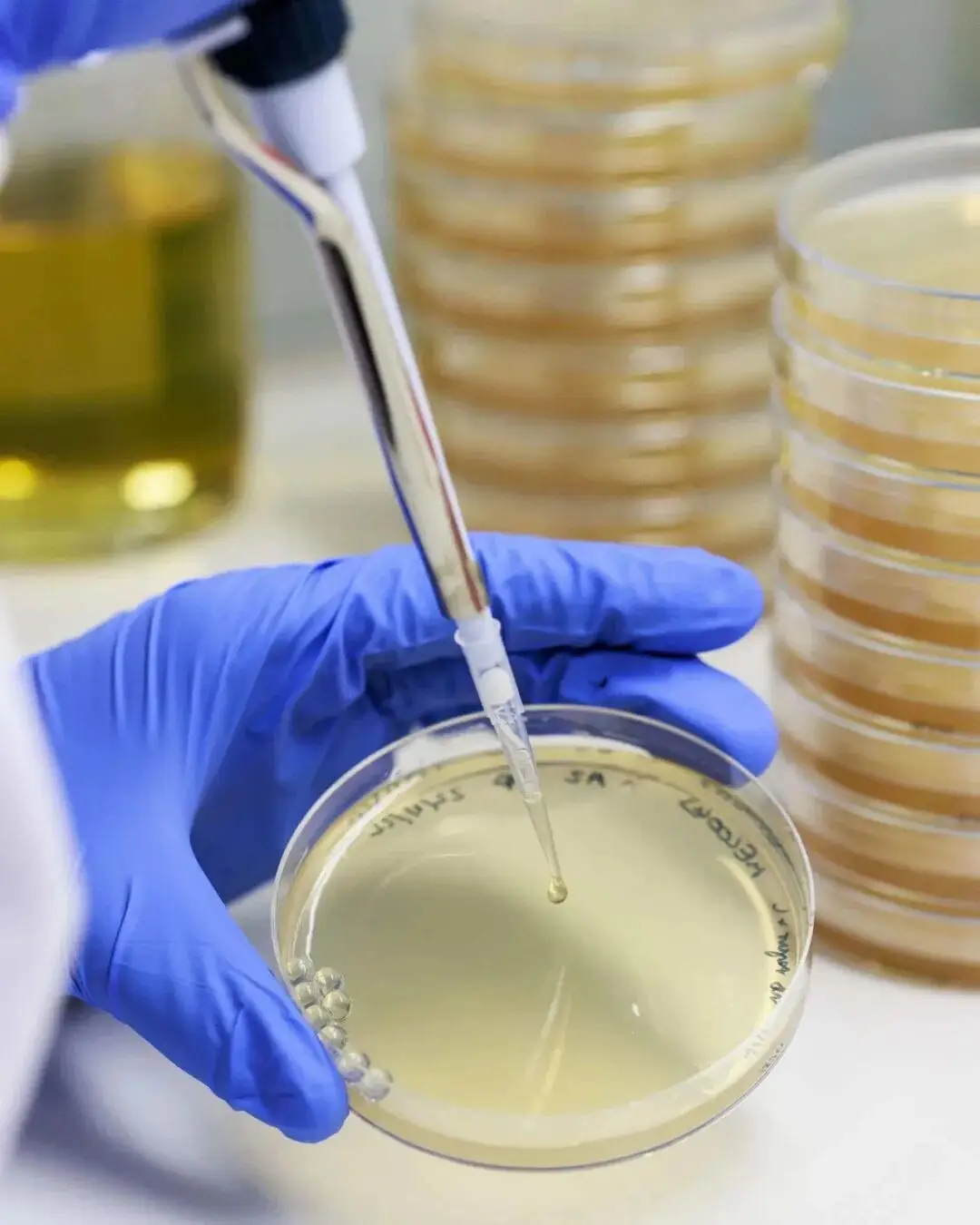
▲Epoch Biodesign uses AI to design enzymes for three types of plastics to help process waste.
Globally, over 350 million tons of plastic waste are generated annually, and dealing with this waste remains a challenge for environmental protection.
London-based Epoch Biodesign is using AI to find a solution. "AI-designed enzymes can 'reverse the plastic production process,' converting plastic back to its original compounds," said Jacob Nathan, the company's founder and CEO. "This opens up the possibility of infinite recycling for plastics currently landfilled or incinerated."
Using machine learning, the company has designed enzymes specifically for three types of plastics. These enzymes can not only break down textile plastics, but also a wider range of plastic products, including packaging.
Notably, the startup originated from Nathan's high school science project in 2019. Since its official launch, it has raised $35 million in funding and plans to build its first "production-scale factory" in late 2025, with an estimated capacity to process 150 tons of plastic waste annually.
06. Medical Diagnosis: AI Reduces Misdiagnosis Rates and Reaches Remote Areas
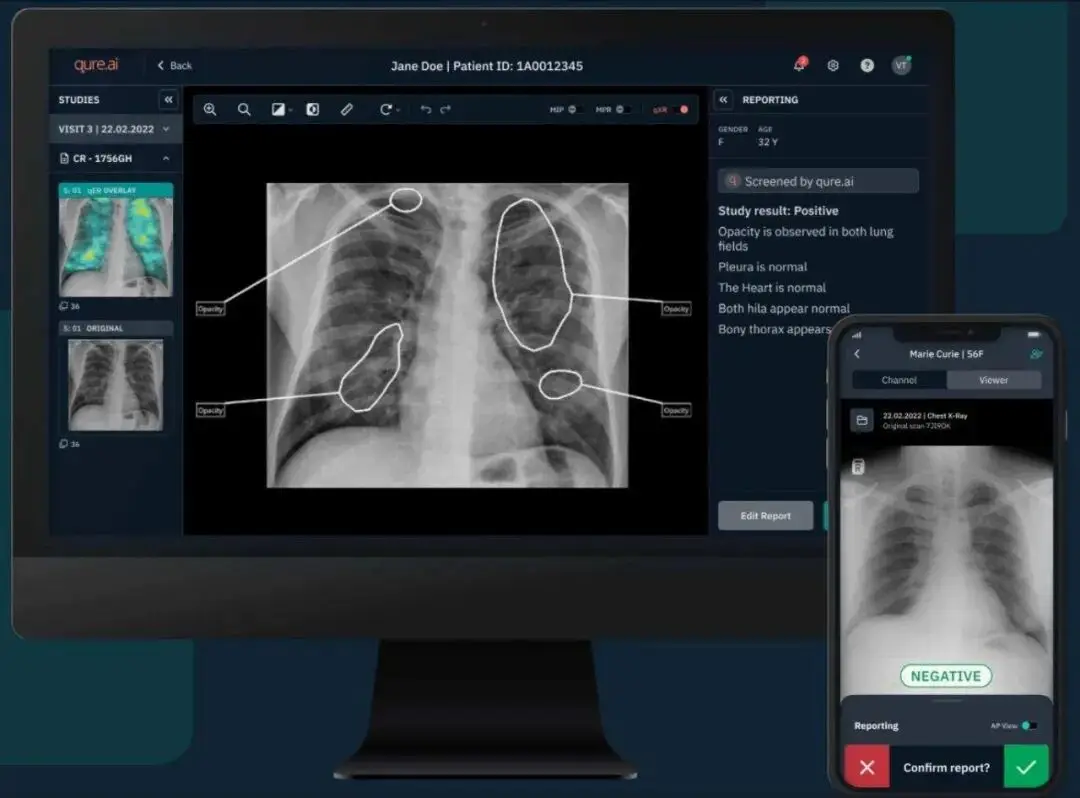
AI tools that can assist in diagnosing conditions like stroke and cancer are becoming routine in healthcare systems worldwide.
For example, the AI system developed by Qure.ai can quickly interpret diagnostic images such as X-rays and ultrasounds and is currently in use at over 4,500 medical locations in over 100 countries. Viz.ai's diagnostic algorithms have also been implemented in over 1,800 hospitals in the United States and Europe.
AI also demonstrates strong potential in primary care settings.
A pilot study conducted in collaboration between PendaHealth, a Kenyan primary care provider, and OpenAI showed that the AI system designed by PendaHealth, designed to "supplement clinicians' knowledge," has been used on thousands of patients and has directly reduced medical diagnostic errors by 16%.
With the increasing adoption of AI in the medical field, global healthcare standards are expected to achieve universal access.
07. Children's Toys: AI Toy Safety Must Keep Pace with Innovation
Although the AI children's toy market is still in its infancy, it is developing rapidly.
For example, Curio's AI-powered plush toys can adapt their speech style to a child's age, allowing them to communicate naturally. One toy was even designed and voiced by renowned musician Grimes. Another product, the Miko3, is positioned as an "interactive learning robot" that can both teach and listen to children, specifically designed to assist them in their learning.
In June 2025, OpenAI partnered with the renowned toy manufacturer Mattel, and the two companies plan to release their first co-branded AI toy later that year.
However, Anne-Sophie Seret, Executive Director of the global advocacy organization everyone.AI, issued a warning: everyone.AI is committed to working with governments and businesses to ensure the safety of children using AI. Seret believes that without necessary safeguards, AI toys could disrupt children's "critical developmental periods."
She emphasized, "It's crucial to establish clear safety standards and usage guidelines, while also actively collaborating with toy designers. After all, once an AI teddy bear is given to a child for Christmas, it's very difficult to take it back."
08. Mapping the Earth: AI Creates a "Virtual Satellite"
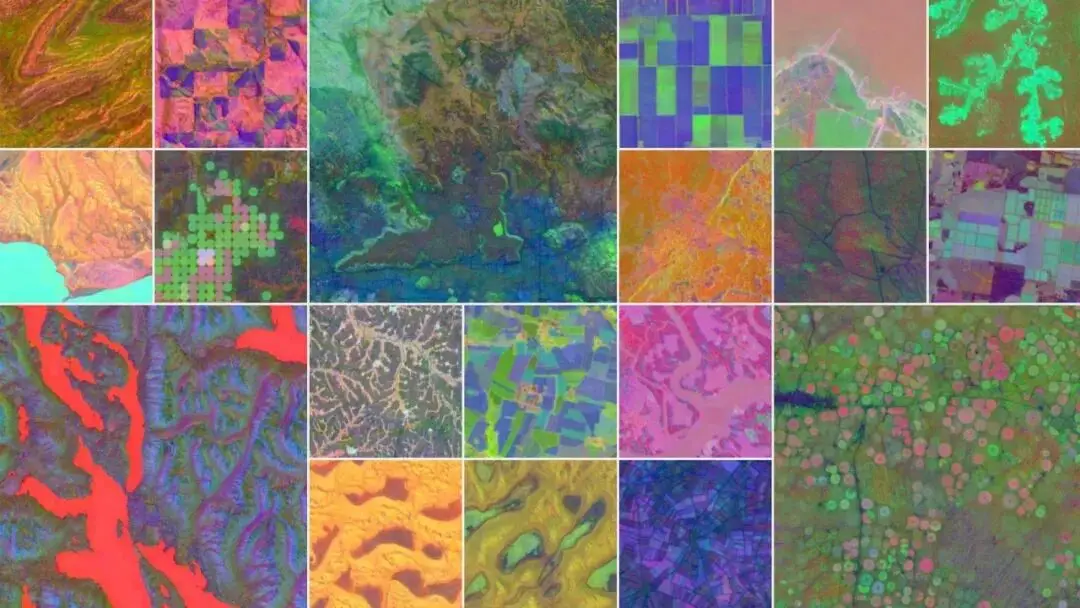
In July 2025, Google DeepMind announced the launch of Alpha Earth Foundations, an AI system known as a "virtual satellite." This system, known as a "virtual satellite," integrates optical, thermal, radar, climate, and other multi-dimensional data to accurately characterize Earth's land and coastal waters.
Christopher Brown, a senior research engineer at Google DeepMind, explained, "The unified dataset generated by this system will enable scientists and researchers to achieve a 'global, consistent understanding' of the Earth."
Currently, the "computationally efficient, customizable maps" generated by this model have been adopted by over 50 organizations—governments use them for resource planning, businesses use them for supply chain optimization, nonprofits use them for ecological conservation, and academics use them for in-depth analysis of long-term changes in the Earth.
Brown is excited about the future of this technology: "By removing barriers to data access, it could trigger a 'big push in the earth sciences.'"
09. Factory Automation: AI Makes Industrial Robots "Smarter"
Industrial robots have been on factory floors since the 1930s, but only now are their "brains" truly keeping up with their "bodies."
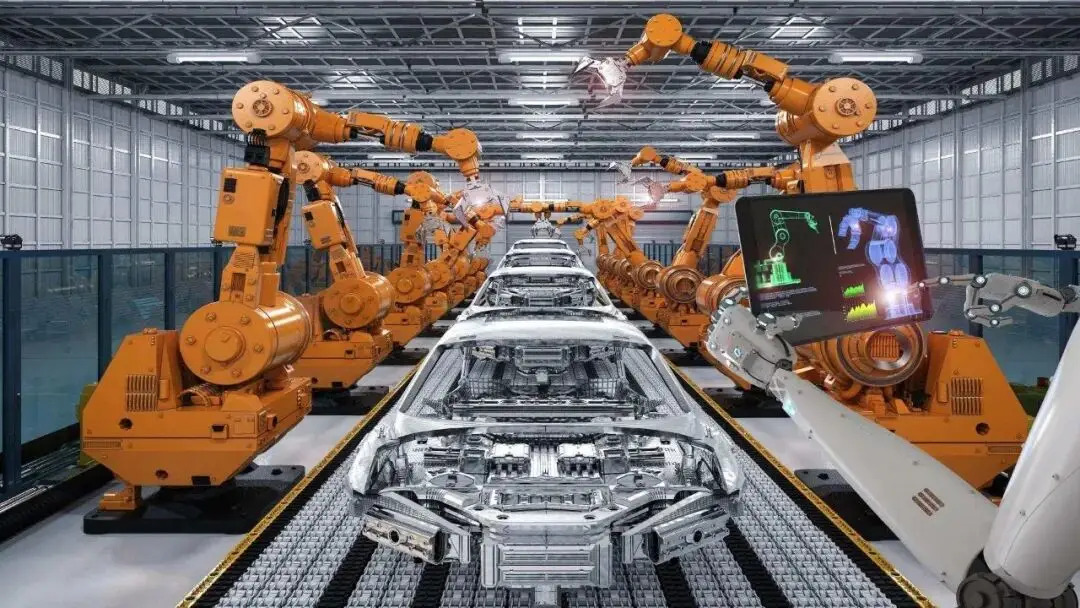
Take Xiaomi, for example. Its "lights-out factory" in Beijing boasts a high level of automation—even in dim light, the factory can operate normally, producing one flagship smartphone every six seconds, with only a handful of technicians overseeing the entire system.
Meanwhile, German tech giant Siemens is pioneering the development of an "AI-driven industrial co-pilot system." Siemens Chief Technology and Strategy Officer Peter Koerte explained, "This system allows engineers to command robots using natural language and automatically identify mechanical failures, increasing productivity by up to 30%."
Koerte also emphasized, "Much of AI's future impact will depend on its transformation of the industrial sector—after all, industry accounts for a large share of the global economy."
10. Autonomous Military Drones: AI Enables Drones to "Fight Even When Connected"
In the past, a loss of signal for a drone (usually due to advanced enemy jamming) often meant a crash. However, this changed during Ukraine's "Operation Spiderweb" in June 2025. According to the Ukrainian Security Service, some of the 117 drones involved in the operation were able to continue their missions after losing signal, with onboard AI taking over control.
Ukrainian Minister of Digital Transformation Mykhailo Fedorov spearheaded the "Brave 1" project, which aims to promote the deep integration of Ukraine's defense and technology industries. He stated that the successful destruction of 12 Russian bombers in "Operation Spiderweb" was a "vivid demonstration" of AI's battlefield capabilities.
Fedorov explained that today's drones are already capable of tracking pre-programmed targets, and that future models will develop toward "higher levels of autonomy." He stated bluntly, "Essentially, the future battlefield will be determined by who wins the 'autonomous drone war.'"

